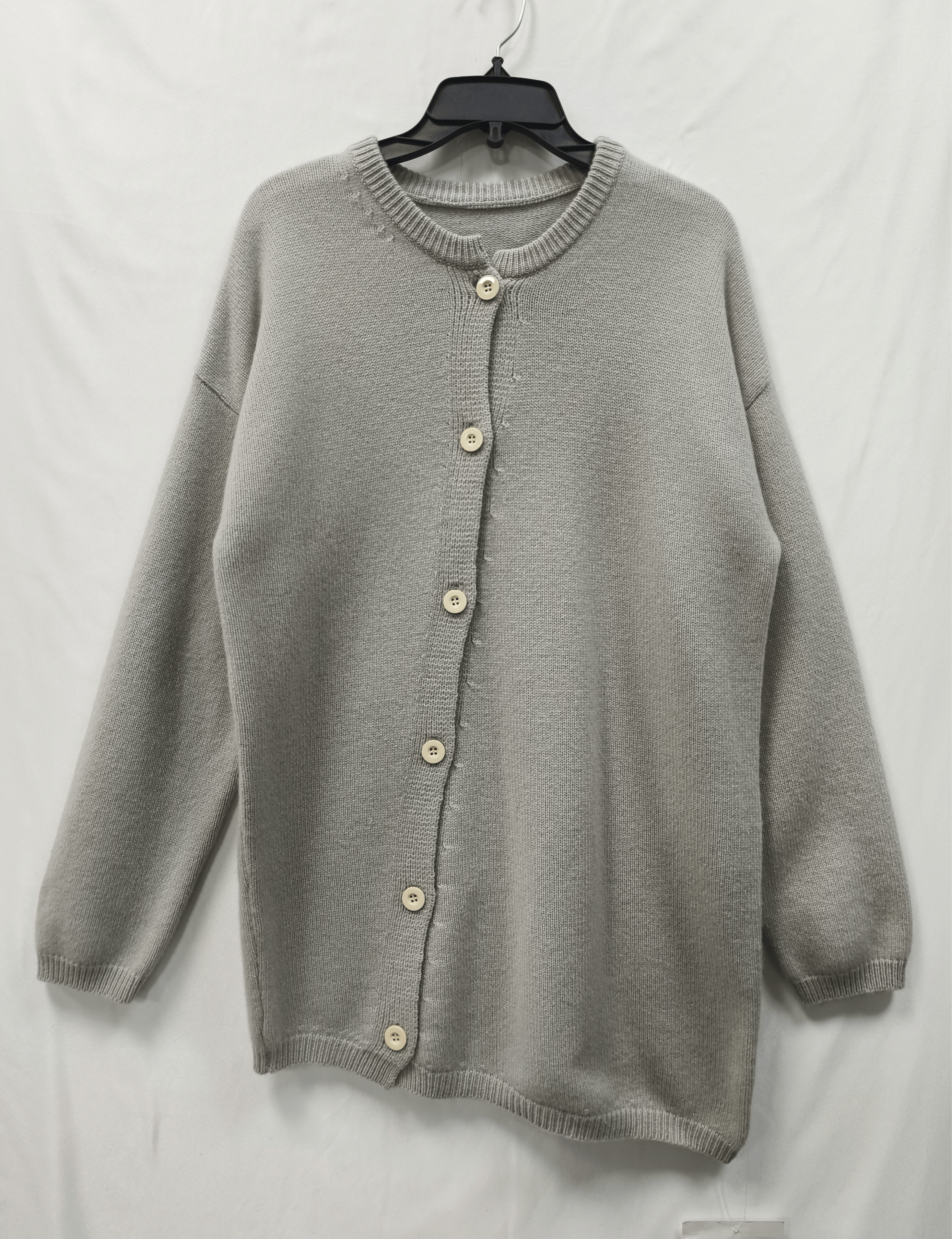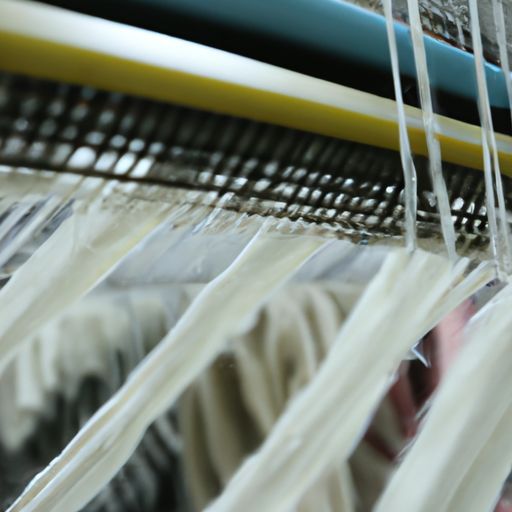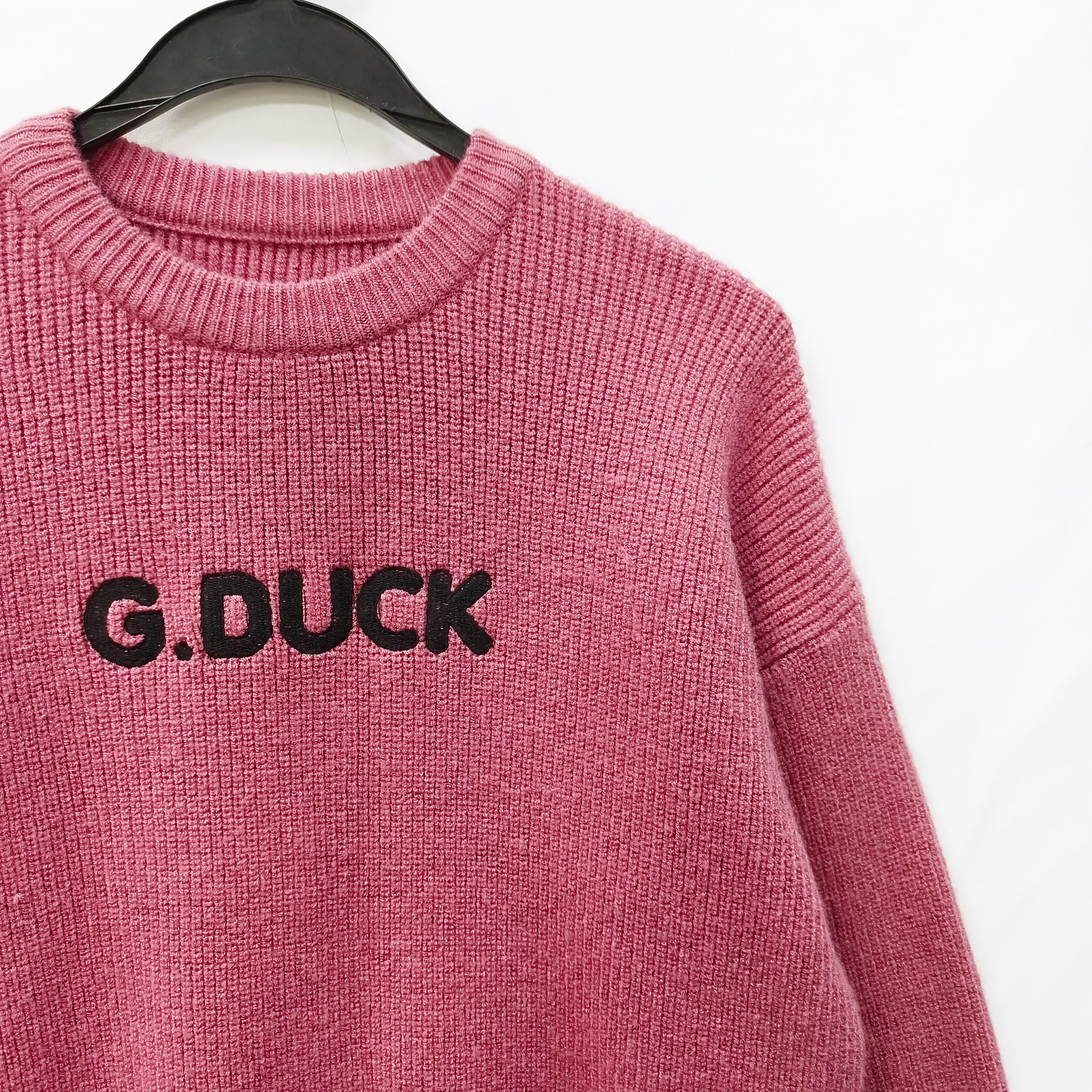Table of Contents
Automated Knitting Machines in Sweater Production
Knit Sweaters are a staple in many people’s Wardrobes, providing warmth and style during the colder months. While hand-knitting sweaters is a time-consuming and labor-intensive process, the mass production of knit sweaters has become more efficient and cost-effective thanks to automated knitting machines.
Automated knitting machines have revolutionized the way knit sweaters are produced on a large scale. These machines are capable of knitting intricate patterns and designs with speed and precision, making them an essential tool in the garment industry. By using automated knitting machines, manufacturers can produce a high volume of sweaters in a relatively short amount of time, meeting the demands of consumers for trendy and affordable knitwear.

One of the key advantages of automated knitting machines is their ability to produce consistent and uniform knit fabrics. These machines are programmed to follow specific patterns and instructions, ensuring that each sweater is knitted to the exact specifications set by the manufacturer. This level of precision is difficult to achieve with hand-knitting, where human error can result in variations in the finished product.
In addition to producing consistent knit fabrics, automated knitting machines are also capable of creating complex and intricate designs. These machines can be programmed to knit various stitches, textures, and patterns, allowing manufacturers to create unique and eye-catching sweaters that stand out in the market. Whether it’s a cable-knit sweater or a Fair Isle design, automated knitting machines can bring any design to life with ease.
Another advantage of automated knitting machines is their efficiency in terms of production speed. These machines can knit at a much faster pace than human hands, allowing manufacturers to meet tight deadlines and produce large quantities of sweaters in a short amount of time. This increased efficiency not only reduces production costs but also allows manufacturers to keep up with the ever-changing trends in the fashion industry.
Furthermore, automated knitting machines are versatile and can be used to produce a wide range of knitwear, from basic crewneck sweaters to more intricate cardigans and pullovers. Manufacturers can easily switch between different designs and styles by reprogramming the machines, making them a flexible and cost-effective solution for producing a variety of knit garments.
| knitwear set manufacturer | nurse sweater Producer |
| women maglione Maker | sweater chompas manufacturer |
Despite the many advantages of automated knitting machines, there are some limitations to consider. These machines require regular maintenance and calibration to ensure optimal performance, which can be costly and time-consuming. Additionally, the initial investment in automated knitting machines can be significant, making it a barrier for smaller manufacturers who may not have the resources to purchase and maintain these machines.
In conclusion, automated knitting machines have revolutionized the mass production of knit sweaters, making it faster, more efficient, and cost-effective for manufacturers to produce high-quality knitwear on a large scale. These machines offer a level of precision, consistency, and versatility that is difficult to achieve with hand-knitting, making them an essential tool in the garment industry. While there are some limitations to consider, the benefits of automated knitting machines far outweigh the drawbacks, making them a valuable asset for any manufacturer looking to produce knit sweaters on a mass scale.
Supply Chain Management in Knit Sweater Manufacturing
 Knit sweaters are a staple in many people’s wardrobes, providing warmth and style during the colder months. But have you ever wondered how these cozy garments are mass-produced? The process of manufacturing knit sweaters involves a complex supply chain management system that ensures efficiency and quality throughout each step.
Knit sweaters are a staple in many people’s wardrobes, providing warmth and style during the colder months. But have you ever wondered how these cozy garments are mass-produced? The process of manufacturing knit sweaters involves a complex supply chain management system that ensures efficiency and quality throughout each step.
The first step in producing knit sweaters on a large scale is sourcing the raw materials. This typically involves purchasing Yarn in bulk from suppliers. Yarn can be made from a variety of materials, such as wool, cotton, or synthetic fibers. The quality of the yarn is crucial to the final product, so manufacturers must carefully select suppliers that meet their standards.
Once the yarn has been acquired, it is then sent to the knitting facility where the actual production of the sweaters takes place. Knitting machines are used to create the Fabric panels that will eventually be sewn together to form the sweater. These machines can produce large quantities of fabric quickly and efficiently, making them essential in the mass production of knitwear.
After the fabric panels have been knitted, they are inspected for quality control purposes. Any defects or imperfections are identified and corrected before the panels move on to the next stage of production. This attention to detail ensures that only high-quality garments make it to the final product.
The next step in the manufacturing process is the cutting and sewing of the fabric panels. This is where the individual pieces of the sweater are assembled and stitched together. Specialized Sewing Machines are used to ensure precise stitching and a clean finish. This step requires skilled labor to ensure that each sweater is made to the highest standards.
Once the sweaters have been sewn together, they undergo another round of quality control inspections. This is to ensure that the finished product meets the manufacturer’s specifications and is free from any defects. Any garments that do not pass inspection are either repaired or discarded to maintain the quality of the overall production.
After passing inspection, the sweaters are then washed and dried to remove any excess dye or Chemicals from the manufacturing process. This step is crucial in ensuring that the garments are safe for consumers to wear and do not cause any skin irritation.
The final step in the production of knit sweaters is packaging and distribution. The sweaters are folded, tagged, and placed in boxes for shipping to retailers or directly to consumers. This part of the supply chain management process involves coordinating logistics to ensure that the sweaters reach their destination in a timely manner.
In conclusion, the mass production of knit sweaters involves a complex supply chain management system that ensures efficiency and quality at every step of the process. From sourcing raw materials to packaging and distribution, each stage requires careful planning and coordination to produce high-quality garments that meet consumer demand. By understanding the intricacies of how knit sweaters are manufactured on a large scale, we can appreciate the craftsmanship and attention to detail that goes into creating these cozy wardrobe Staples.
Impact of Technology on Mass Production of Knit Sweaters
The mass production of knit sweaters has been revolutionized by advancements in technology. In the past, the process of creating knitwear was labor-intensive and time-consuming, but with the introduction of new technologies, manufacturers are now able to produce large quantities of sweaters quickly and efficiently.
| knitwear set manufacturer | nurse sweater Producer |
| women maglione Maker | sweater chompas manufacturer |
One of the key technologies that has had a significant impact on the mass production of knit sweaters is computerized knitting machines. These machines are able to produce intricate patterns and designs with precision and speed, allowing manufacturers to create a wide variety of styles to meet consumer demand. Computerized knitting machines are also able to produce sweaters in a range of sizes, making it easier for manufacturers to cater to different body types and preferences.
Another technology that has transformed the mass production of knit sweaters is the use of automated cutting machines. These machines are able to cut fabric with incredible accuracy, reducing waste and increasing efficiency in the production process. By automating the cutting process, manufacturers are able to produce sweaters more quickly and with greater consistency, ensuring that each garment meets the highest quality standards.

In addition to computerized knitting machines and automated cutting machines, advancements in dyeing and finishing technologies have also had a significant impact on the mass production of knit sweaters. Manufacturers are now able to dye fabrics more quickly and with greater precision, allowing them to create a wide range of colors and patterns to meet consumer preferences. Finishing technologies have also improved, with manufacturers now able to add embellishments and details to sweaters with greater ease and efficiency.
Overall, the impact of technology on the mass production of knit sweaters has been profound. Manufacturers are now able to produce sweaters in larger quantities and with greater speed than ever before, allowing them to meet consumer demand and stay competitive in the market. By utilizing computerized knitting machines, automated cutting machines, and advanced dyeing and finishing technologies, manufacturers are able to create high-quality knitwear that is both stylish and affordable.
As technology continues to advance, the mass production of knit sweaters is likely to become even more efficient and streamlined. Manufacturers will be able to produce sweaters in even larger quantities and with greater precision, allowing them to meet the ever-changing demands of consumers. With the help of technology, the future of knitwear production looks bright, with endless possibilities for innovation and growth.

